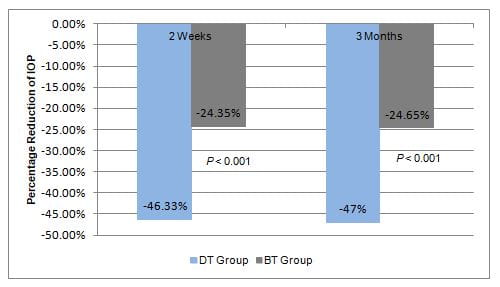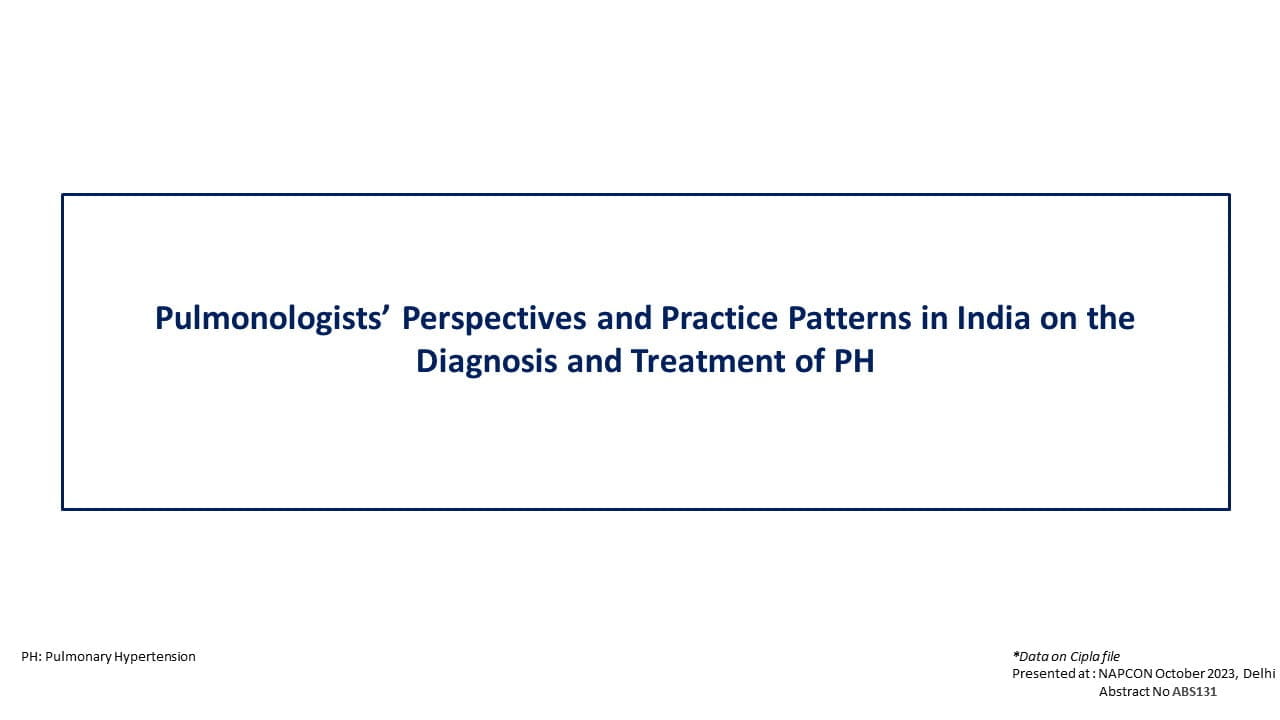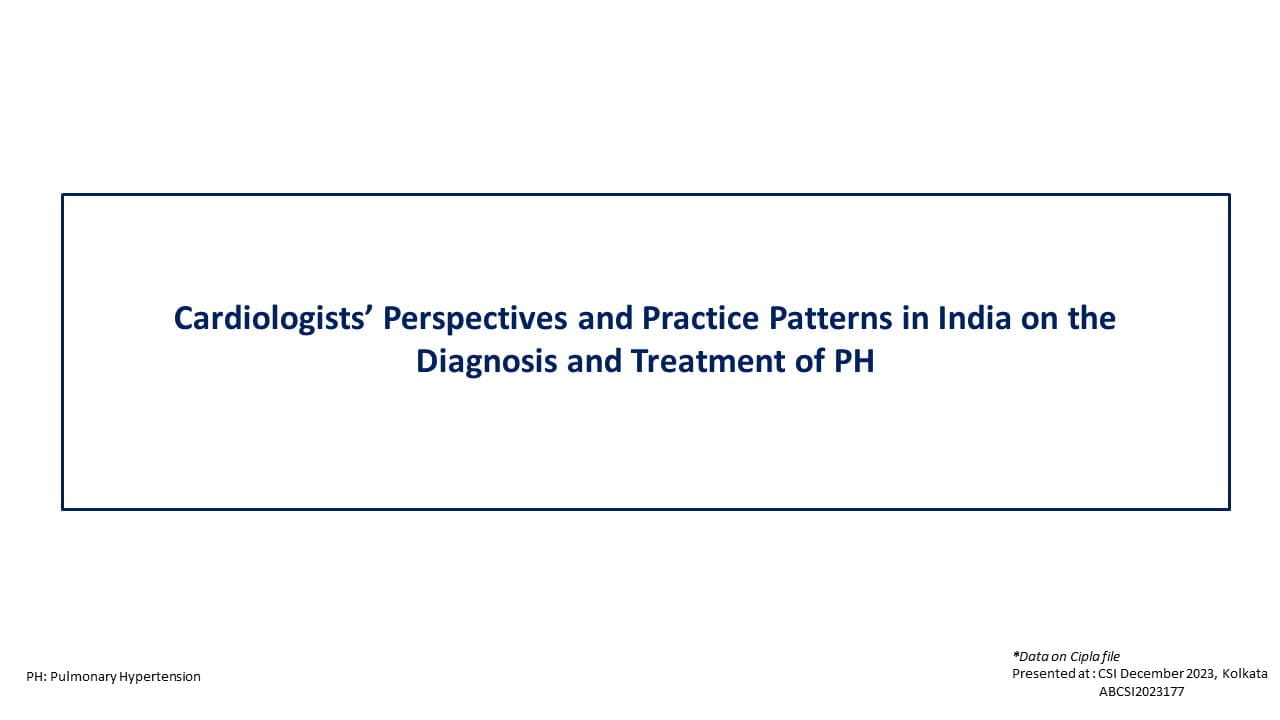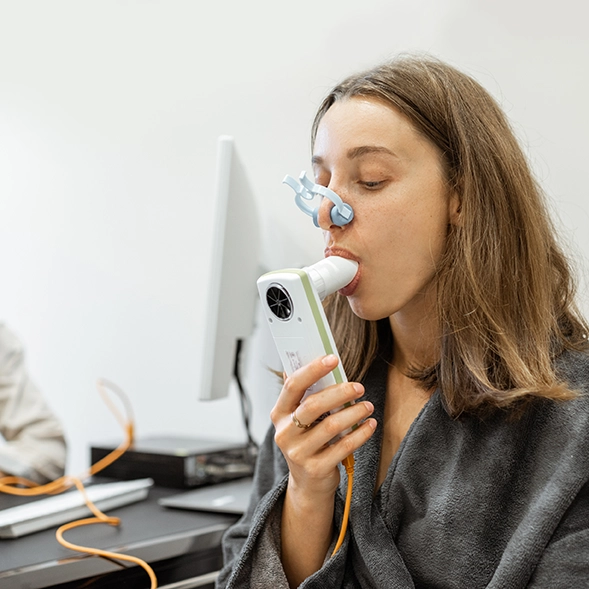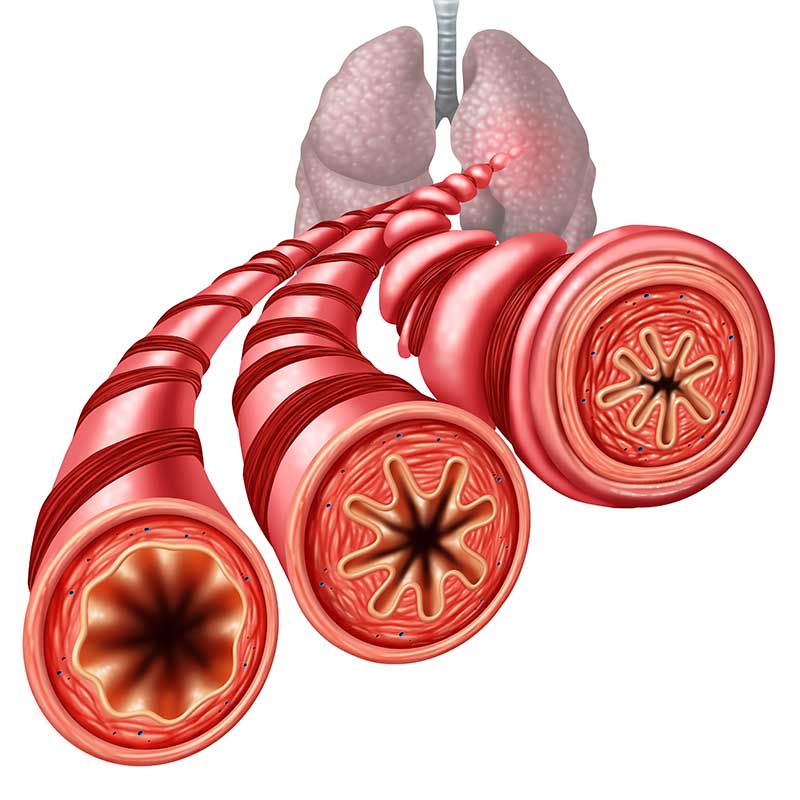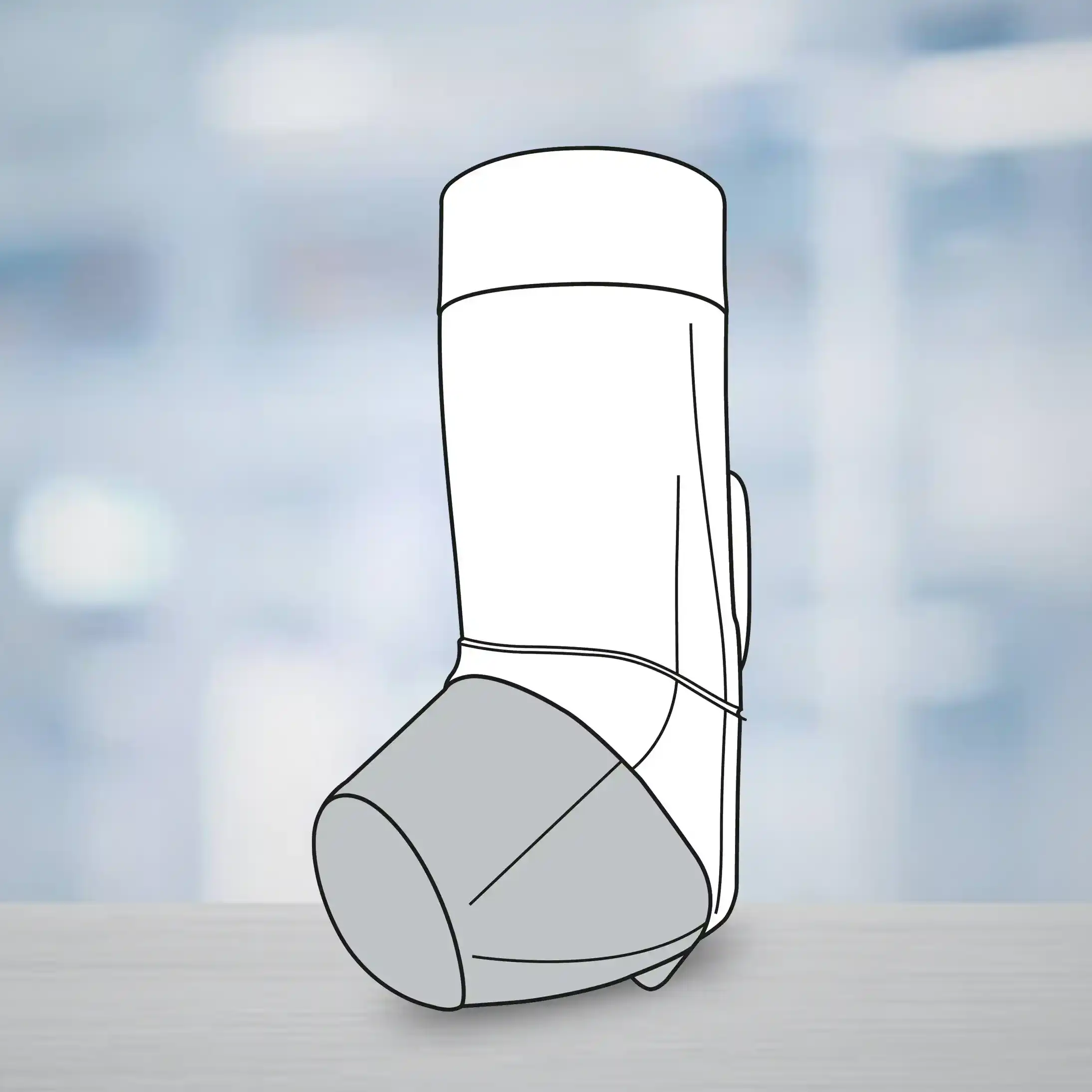Dorzolamide/Timolol vs. Brinzolamide/Timolol Fixed Combinations in Patients with POAG/NTG
Background
Key studies in ophthalmology have stated that majority of the patients affected with ocular hypertension or glaucoma may require more than one drug to attain target pressure at any stage of the disease. A fixed dose combination offers various potential advantages against separate drugs. Although brinzolamide/timolol (BT) and dorzolamide/timolol (DT) have almost similar efficacy at lowering intraocular pressure (IOP), the efficacy of both the combinations needs a meticulous investigation, considering the risk reduction of glaucoma progression with every millimeter of IOP reduction.
Aim
To compare the efficacy and tolerability of BT vs. DT fixed combinations on IOP reduction
Patient Profile
- Patients (age above 18 years) with primary open angle glaucoma (POAG) or normal tension glaucoma (NTG) (n=73, eyes=73)
- All the study participants were uncontrolled on a single or a double medication other than the eye drops to be studied
Methods
Study Design
- Prospective, randomized, controlled, clinical study
Treatment Strategy
- Patients who received ocular hypotensive drugs before entering the study, completed a washout period of appropriate duration
- Patients were randomized to receive either BT (n=37) or DT (n=36) twice daily for 3 months
Assessments
- IOP measurements were conducted at baseline, 2 weeks, and at 1, 2, and 3 months.
Outcomes
Primary Outcomes
- Mean change in IOP from baseline at each visit
- Mean percentage drop of IOP from baseline at each visit
Secondary Outcome
- Tolerability of each fixed combination
Results
- Baseline mean IOP for BT group was 24.14 mmHg and that for DT group was 29.53 mmHg (P < 0.001).
- Both the combinations provided significant reductions in mean IOP from baseline at every study visits (P < 0.001). Treatment with DT was associated with a greater reduction in mean IOP from baseline than BT at each visit, with the difference being statistically significant at 2 weeks (P = 0.037).
- At every visit, DT treatment achieved a statistically significant higher percentage reduction of IOP reduction as compared with BT treatment (Figure 1).
- Mean percentage of IOP reduction was 24.35% and 46.33% at 2 weeks (P < 0.001), and 24.65% and 47% at 3 months (P < 0.001) for BT and DT, respectively.
- Greater proportion of patients treated with DT vs. BT achieved complete ocular comfort without any adverse effects (Table 1). The incidence of ocular discomfort, ocular pain and blurred vision was significantly higher in BT-treated vs. DT-treated patients (81.1% vs. 29.7%; p<0.001) (Table 1).
|
Parameter |
BT group |
DT group |
P value |
|
Complete ocular comfort |
29.7% |
81.1% |
<0.001 |
|
Ocular discomfort |
24.3% |
11.1% |
<0.001 |
|
Ocular pain |
24.3% |
2.8% |
<0.001 |
|
Blurred vision |
21.6% |
0% |
<0.001 |
- Greater proportion of patients treated with DT rather than BT achieved clinical success (94.4% vs. 86.5%; p<0.001)
Conclusions
- Both BT and DT provided effective IOP reduction in patients with POAG and NTG
- Patients treated with DT rather than BT, were more likely to achieve and maintain lower target pressures.
- The tolerability profile of DT was better than that of BT
- DT appears to be a more appropriate therapeutic choice for IOP lowering as compared with BT for patients with POAG or NTG who need more than eye drop.
Indian J Ophthalmol. 2016; 64:127-31.


